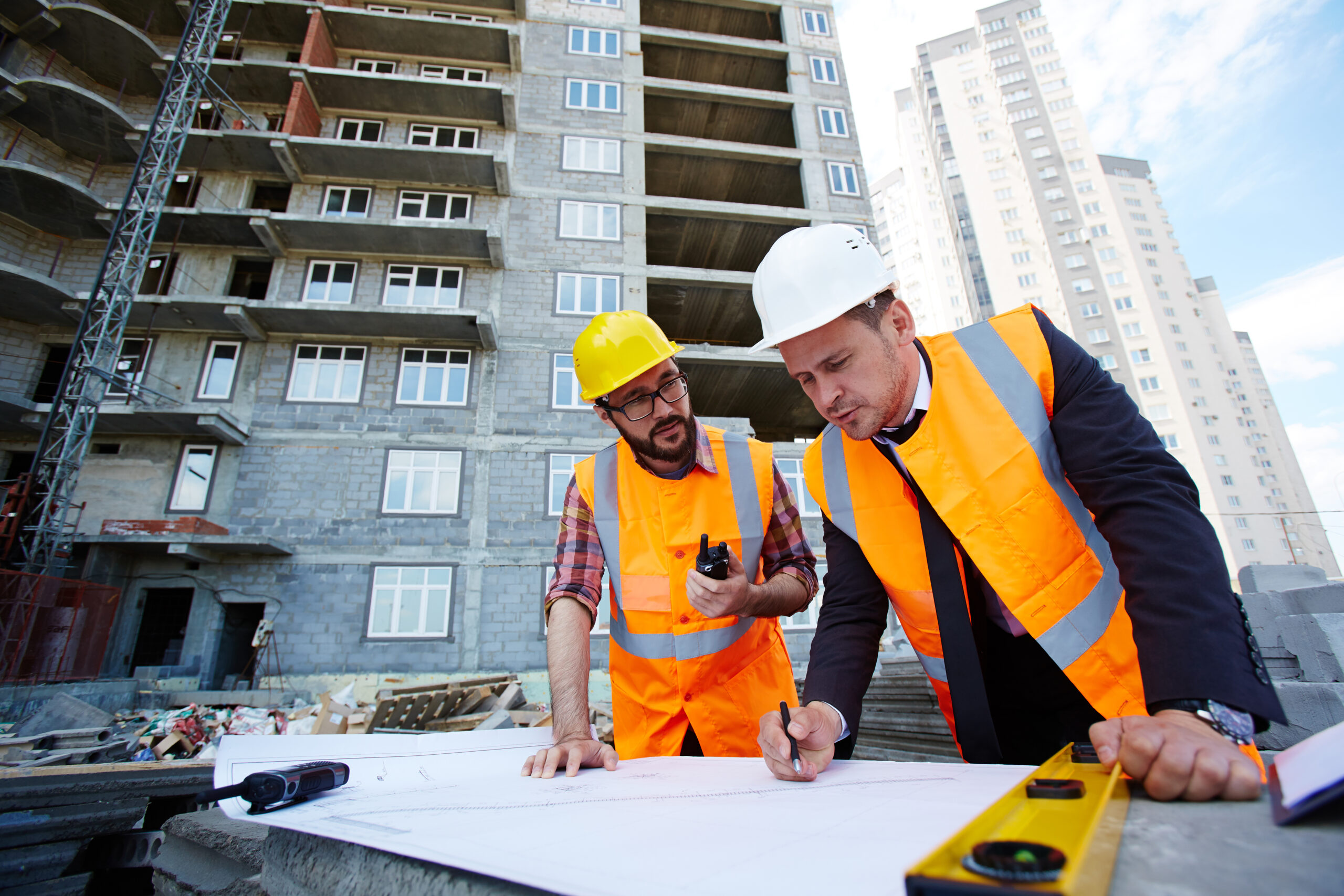Building design and construction techniques are two fundamental aspects of the construction industry. While they may seem like separate entities, they are intricately interconnected and work in tandem to create functional and aesthetically pleasing structures. Exploring the relationship between building design and construction techniques can provide valuable insights into optimizing the construction process and achieving superior outcomes.
Design and Functionality
Building design plays a crucial role in determining the functionality and purpose of a structure. Architects and designers collaborate to create blueprints that translate the client's requirements into physical spaces. The design process encompasses factors such as spatial layout, accessibility, energy efficiency, and aesthetic appeal.
Construction techniques come into play during the implementation phase, where the design is transformed into reality. The construction team carefully follows the blueprints, ensuring that each element is constructed according to the design's specifications. Close coordination between designers and construction professionals is vital to ensure that the intended functionality and design vision are achieved.
Constructability and Structural Integrity
Constructability is an important concept that refers to the ease and efficiency with which a design can be translated into an actual building. Designers must consider constructability during the planning phase to avoid impractical or complex design elements. Involving construction professionals early in the design process helps identify potential construction challenges and find practical solutions that maintain the integrity of the design.
Structural integrity is a critical aspect that requires close collaboration between designers and construction teams. The design must be structurally sound and able to withstand various loads, forces, and environmental conditions. Construction techniques such as formwork, reinforcement, and material selection are essential in ensuring that the building can bear the intended loads and remains durable over time.
Material Selection and Construction Techniques
The choice of materials is a key consideration that directly influences both design and construction techniques. Designers must select materials that align with the design vision while also considering factors such as cost, durability, sustainability, and maintenance requirements.
Construction techniques are highly dependent on the chosen materials. Different materials require specific handling, installation, and finishing methods. For example, the construction techniques used for traditional masonry buildings will differ from those used for steel or concrete structures. Construction teams must have the necessary expertise and knowledge to effectively work with the chosen materials and implement the design vision accurately.
Innovation and Collaboration
The intersection of building design and construction techniques is a fertile ground for innovation and collaboration. Architects, designers, engineers, and construction professionals are constantly exploring new approaches, materials, and technologies to streamline the construction process and enhance the quality of the final product.
Integrating building information modeling (BIM) into the design and construction phases has revolutionized the industry. BIM allows for the creation of detailed 3D models that facilitate better visualization, coordination, and communication between project stakeholders. This technology enables design changes to be quickly incorporated into the construction process, reducing errors and improving efficiency.
Sustainability and Energy Efficiency
With growing concerns about the environment, sustainability and energy efficiency have become integral considerations in building design and construction. Designers must incorporate sustainable features such as renewable energy sources, green materials, efficient insulation, and water conservation systems into their designs.
Construction techniques play a significant role in implementing these sustainable design elements. Efficient construction methods, such as pre-fabrication and modular construction, can reduce waste, energy consumption, and construction time. Construction teams must be trained in sustainable construction practices to effectively implement these techniques and create environmentally friendly structures.
In conclusion, the intersection of building design and construction techniques is a dynamic and multifaceted realm. Both aspects rely on each other to achieve successful construction outcomes. By fostering collaboration, embracing innovation, and considering sustainability, the construction industry can continually improve the integration of design and construction, resulting in safer, more functional, and aesthetically pleasing buildings.
